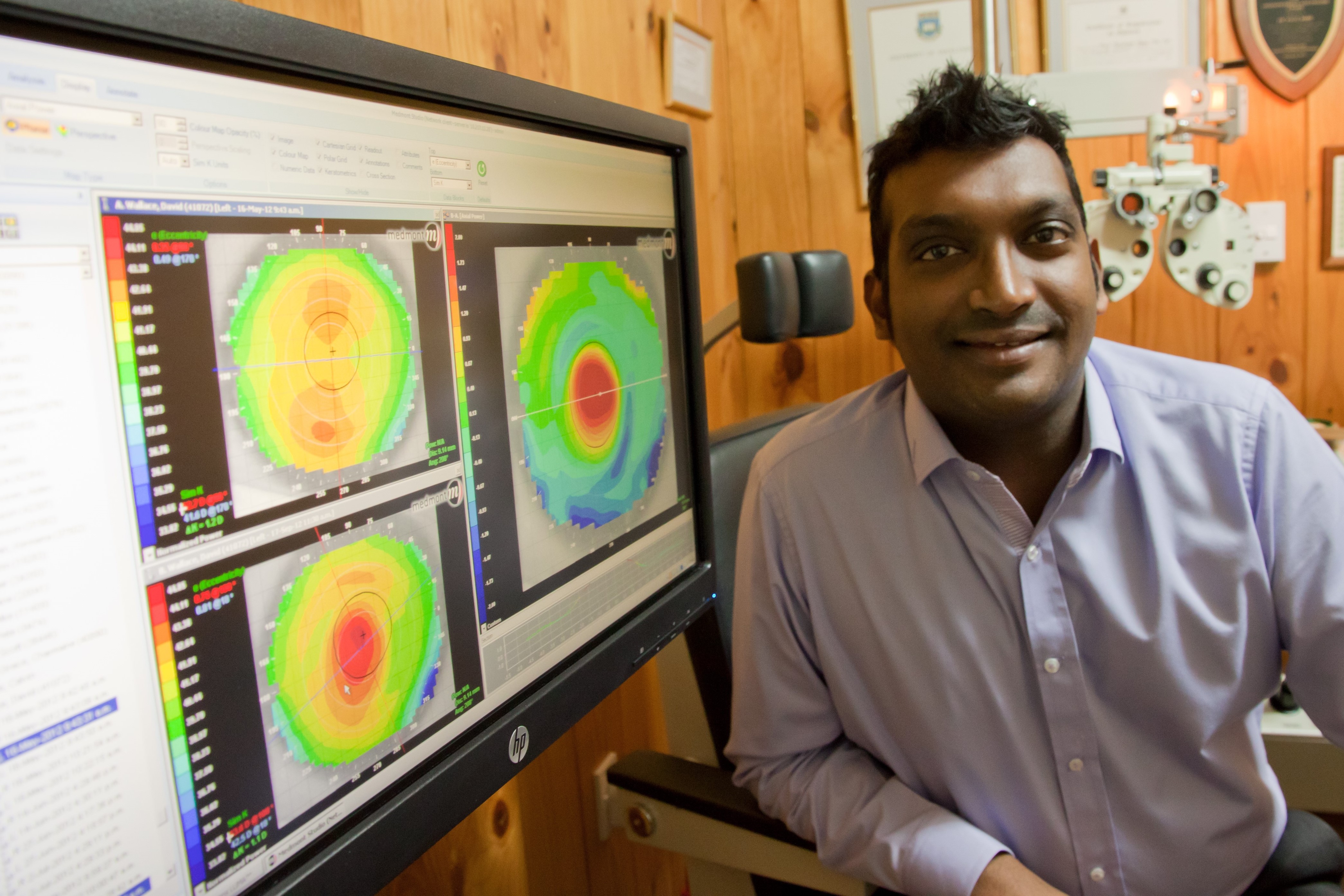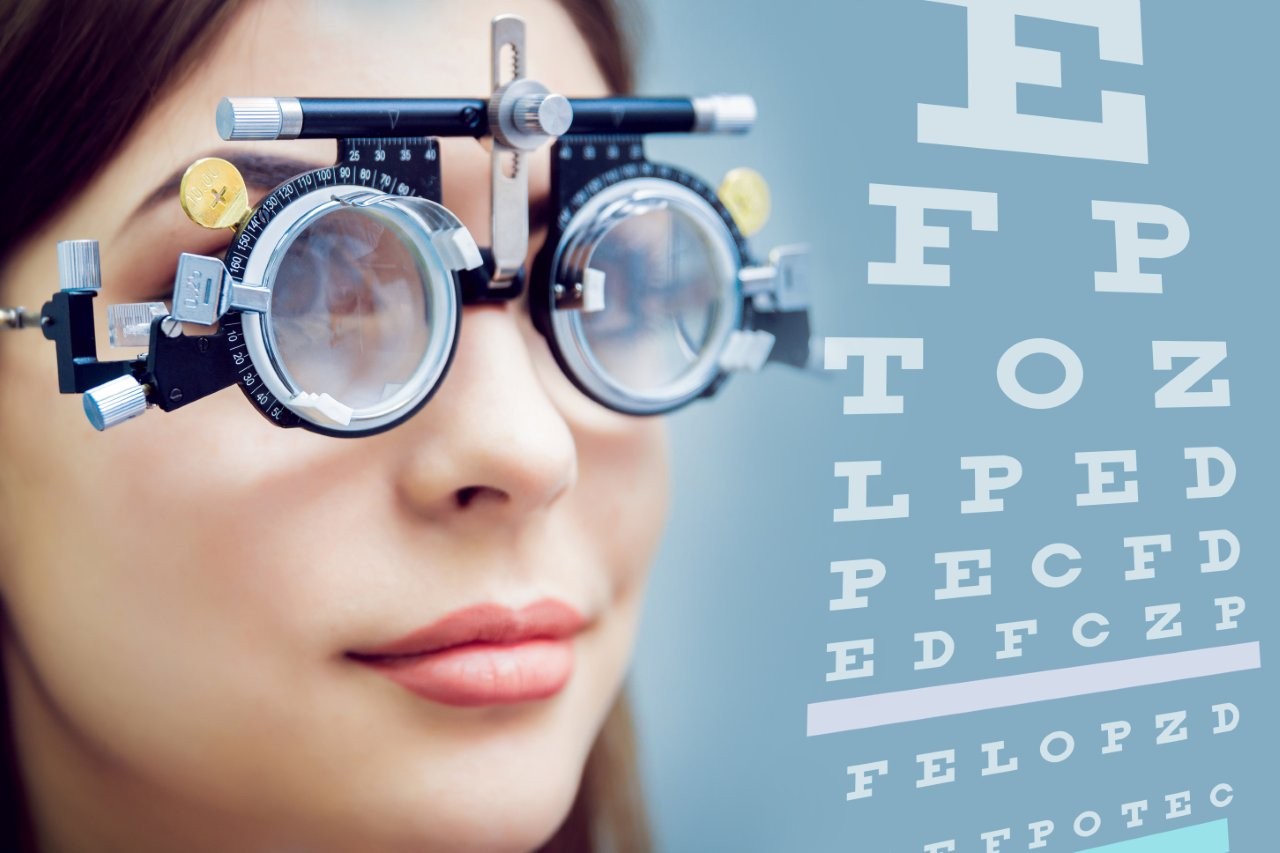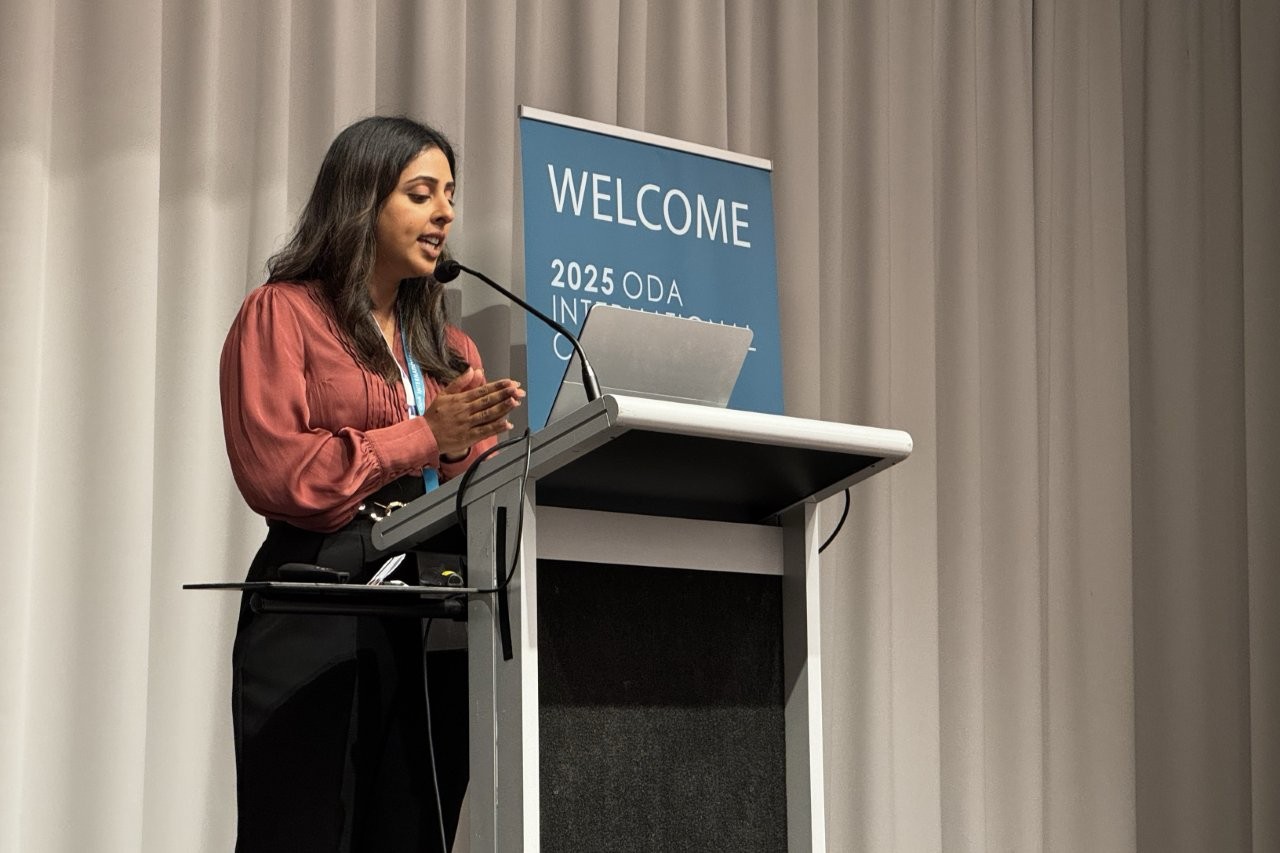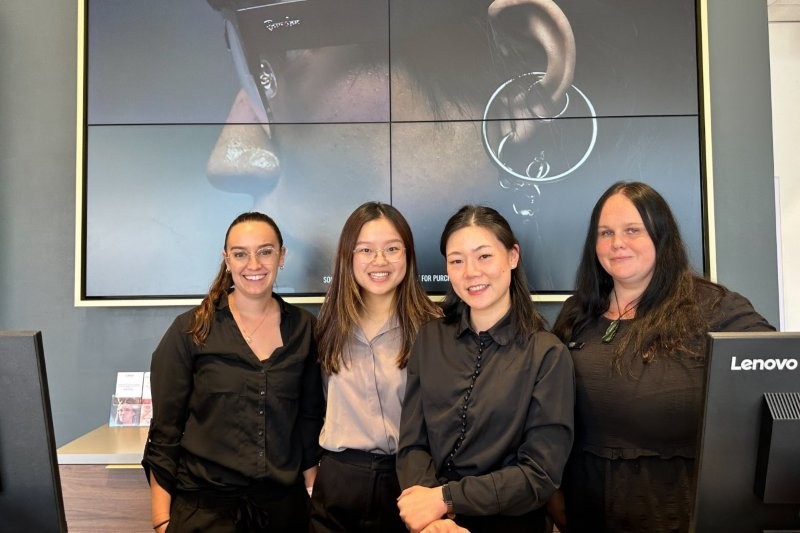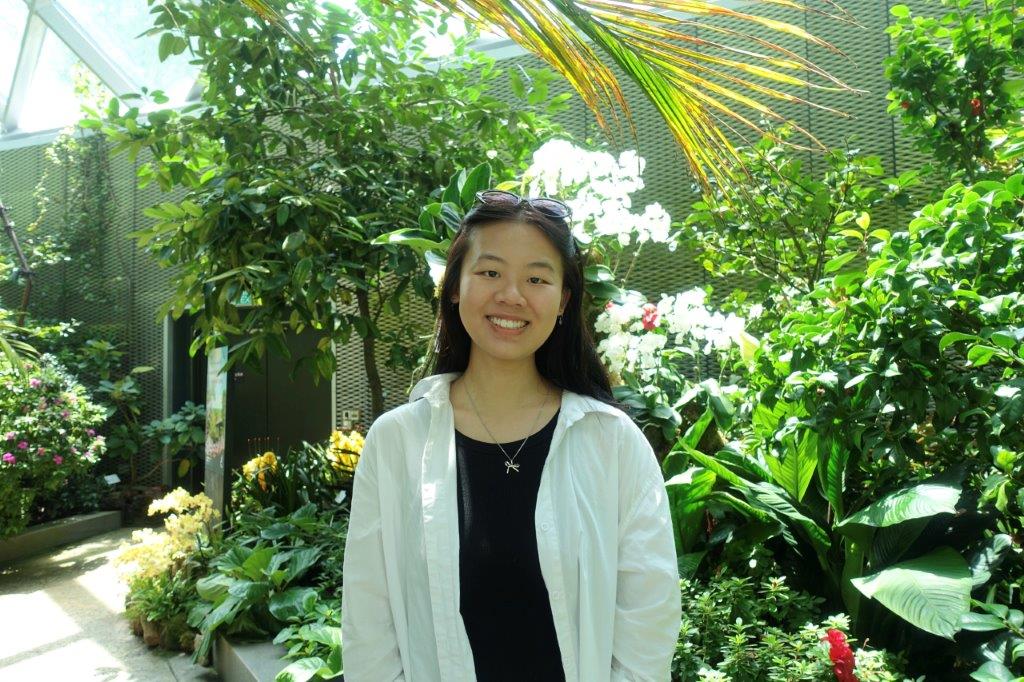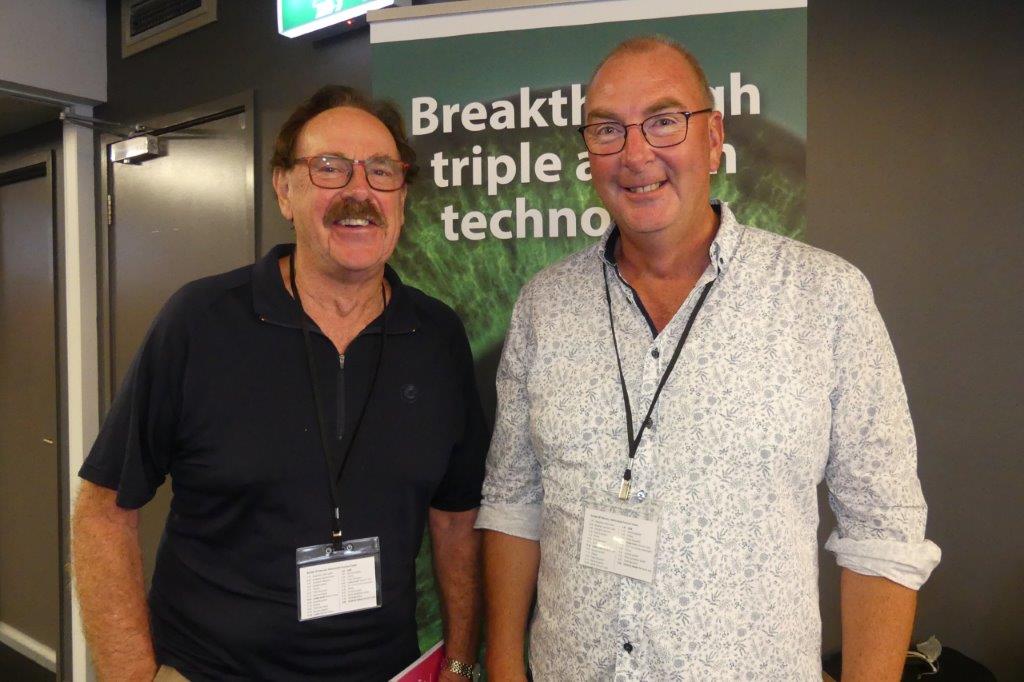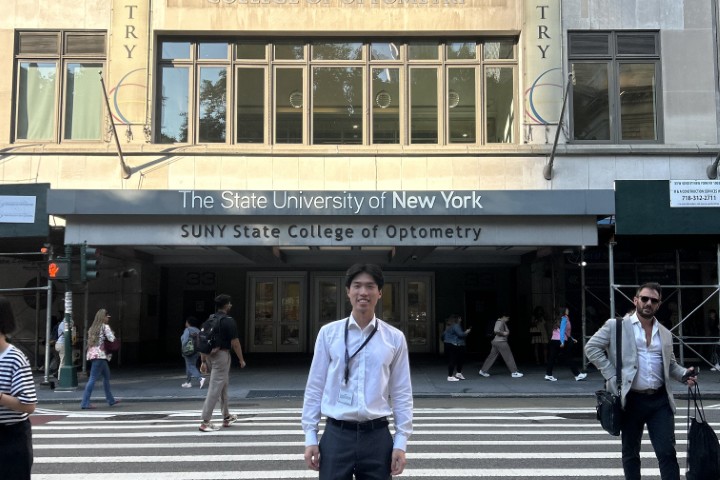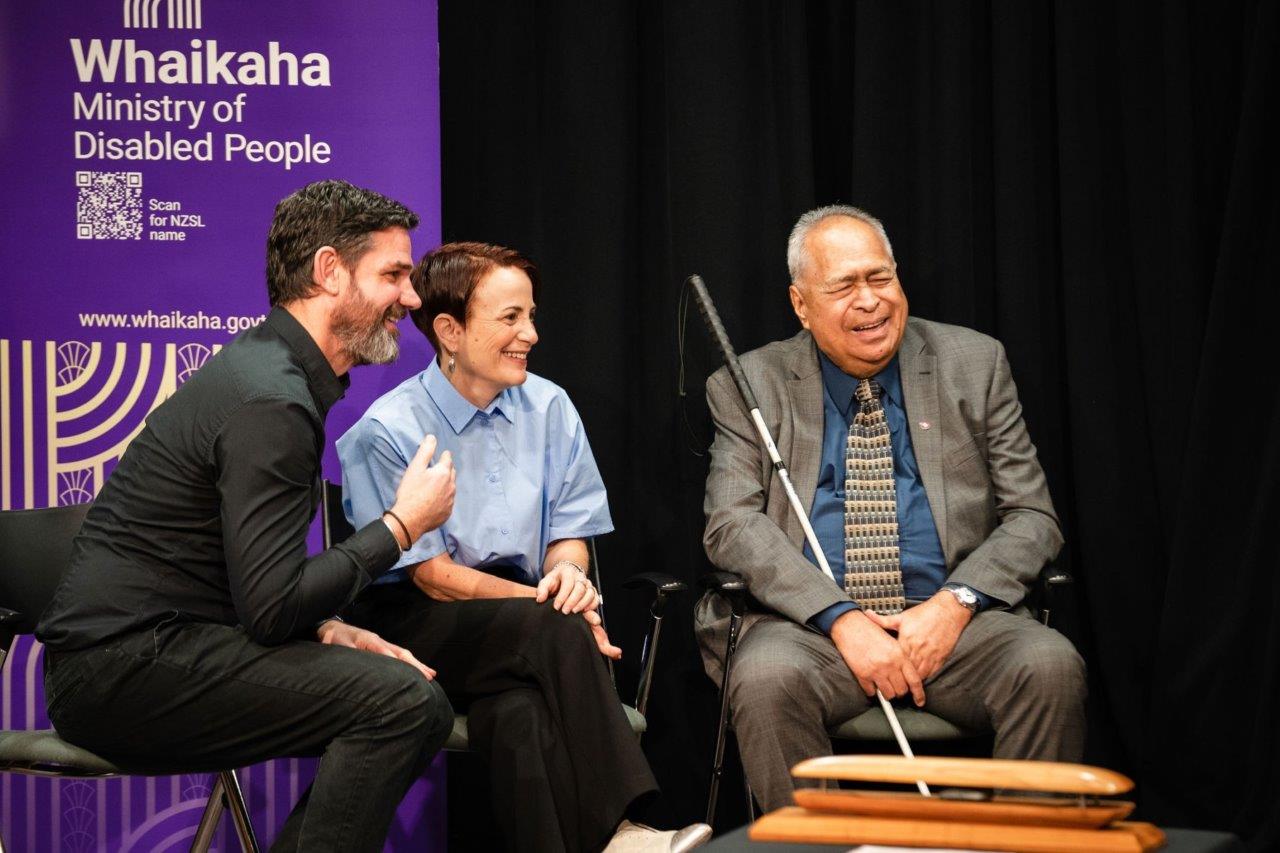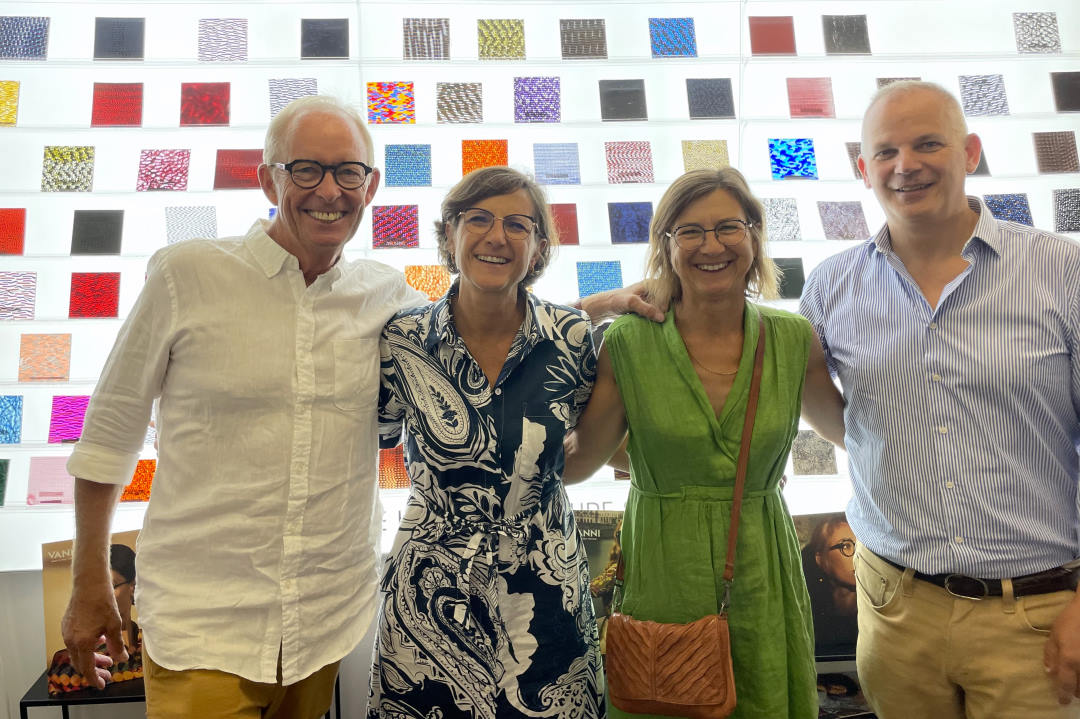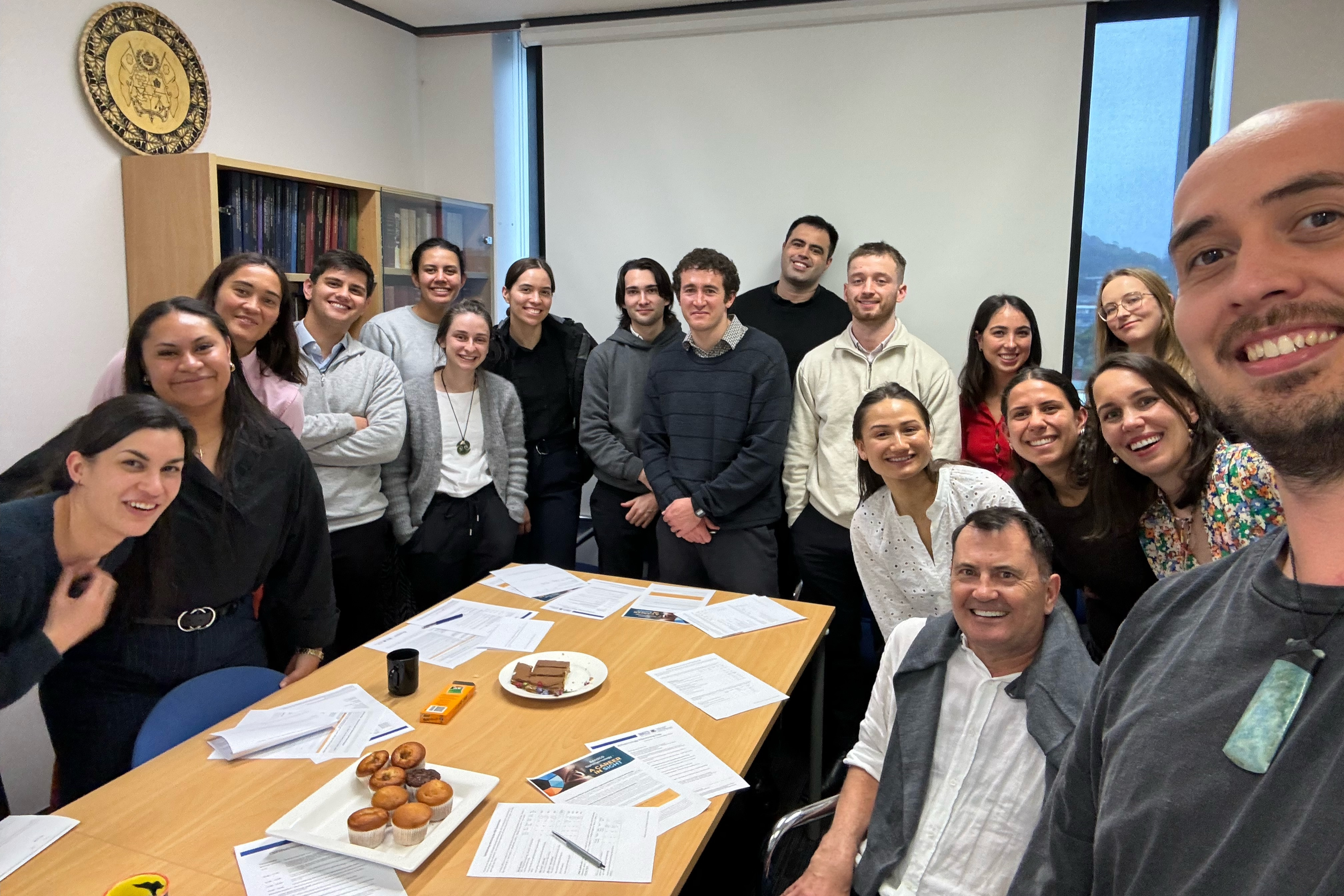Myopia control in practice - Jagrut Lallu
How long have you offered myopia control treatments?
I set up the first commercial clinic in New Zealand dedicated to myopia control and management in late 2009, the year I graduated, and around the same time that Phil Turnbull set one up at the University of Auckland.
What prompted you to act on managing myopia?
The science back then was emerging, and this appeared to be one of the next big problems facing the population we see as optometrists. To me, this was something that was going to change the way we practice. Although we are not quite there yet, it appears these thoughts are unfolding into reality.
What myopia control treatments do you offer and favour?
I offer all relevant evidenced treatments and have been involved in clinical trials for new and emerging products related to this field for some time. We have been monitoring axial length for 10 years. At this stage, there is no preference towards one particular treatment, however the majority of patients fit with focus modifying modalities and medication.
What challenges have you faced in offering myopia control to patients?
The biggest challenge initially, in 2009, was in demonstrating the need for myopia control. Thankfully, in Hamilton, we have a good supportive group of ophthalmic eyecare practitioners who have helped present a balanced view to patients, as well as a group of GPs and other consultants that work well when inter-referring in the community.
Can you give us an example of a memorable myopia case from your clinic?
There are many! The most memorable ones are the ones that involve collaborative care with colleagues. We receive many referrals from practitioners who are new to myopia management, and it is enjoyable to help both the patient and the practitioner whilst they develop the skills to embrace this new standard of care. In one recent case, a patient has been changing 1D/year at a colleague’s practice. They have been on atropine and had a new prescription of spectacles for a year and there has been no further prescription. The way we co-manage this sort of case looks like this: my team will manage the drug therapy and any refractive correction is taken care of by the referring optometrist.
Do you have any pearls about myopia management to share?
Please get in touch. Ask any of us who have been doing this for a long time for help. We cannot solve this without working together and sharing knowledge. I was fortunate enough to have good support around me when I started this and I am very happy to pay it forward, especially when there is indecision on how to proceed next.
It is also important to know that myopia control is not just ortho-k. We can all prescribe spectacles and soft lenses, as well as consider environmental factors, and there are some good options out there. This winter, the University of New South Wales is offering a new course with online content that I have been involved in developing. I would encourage practitioners to participate.
Jagrut Lallu has a special interest in the irregular cornea, disease and orthokeratology and established the first myopia control clinic in New Zealand. He is the past president of the Cornea and Contact Lens Society of New Zealand and holds an MSc in speciality contact lenses.










